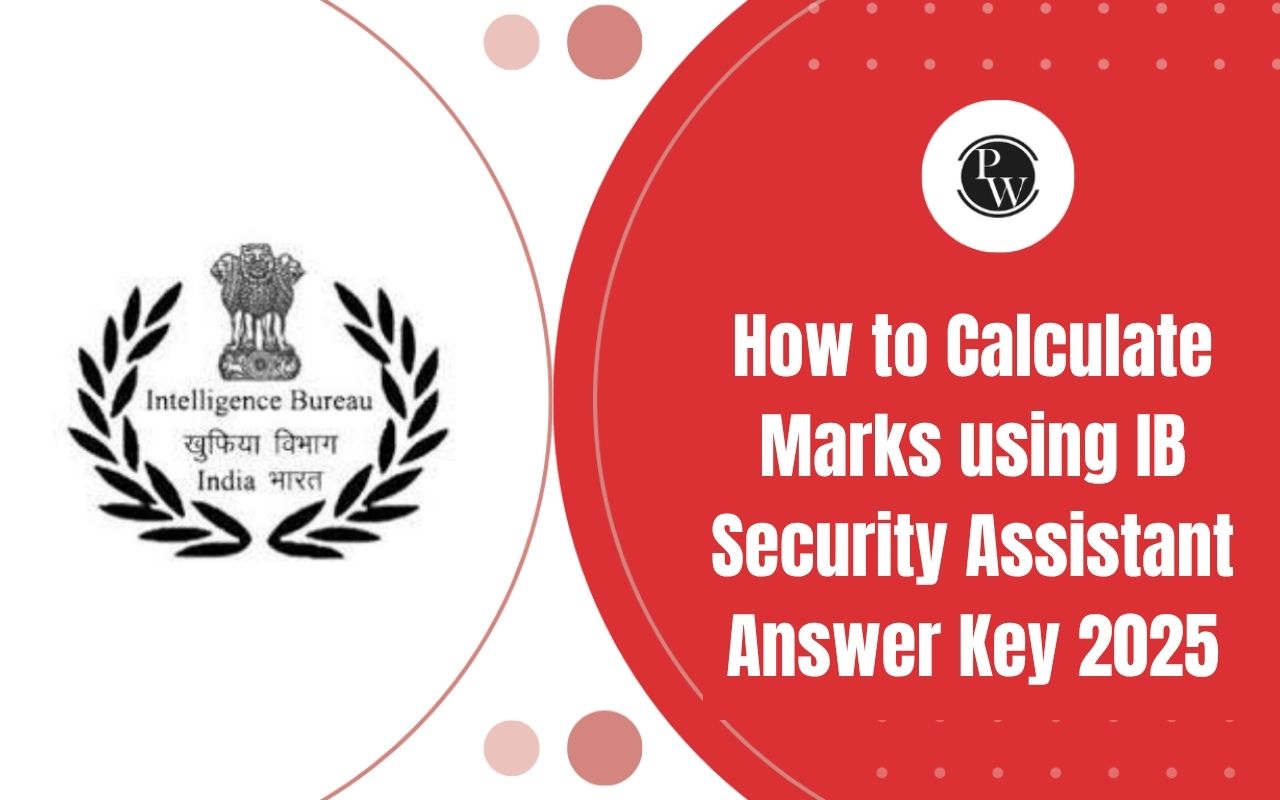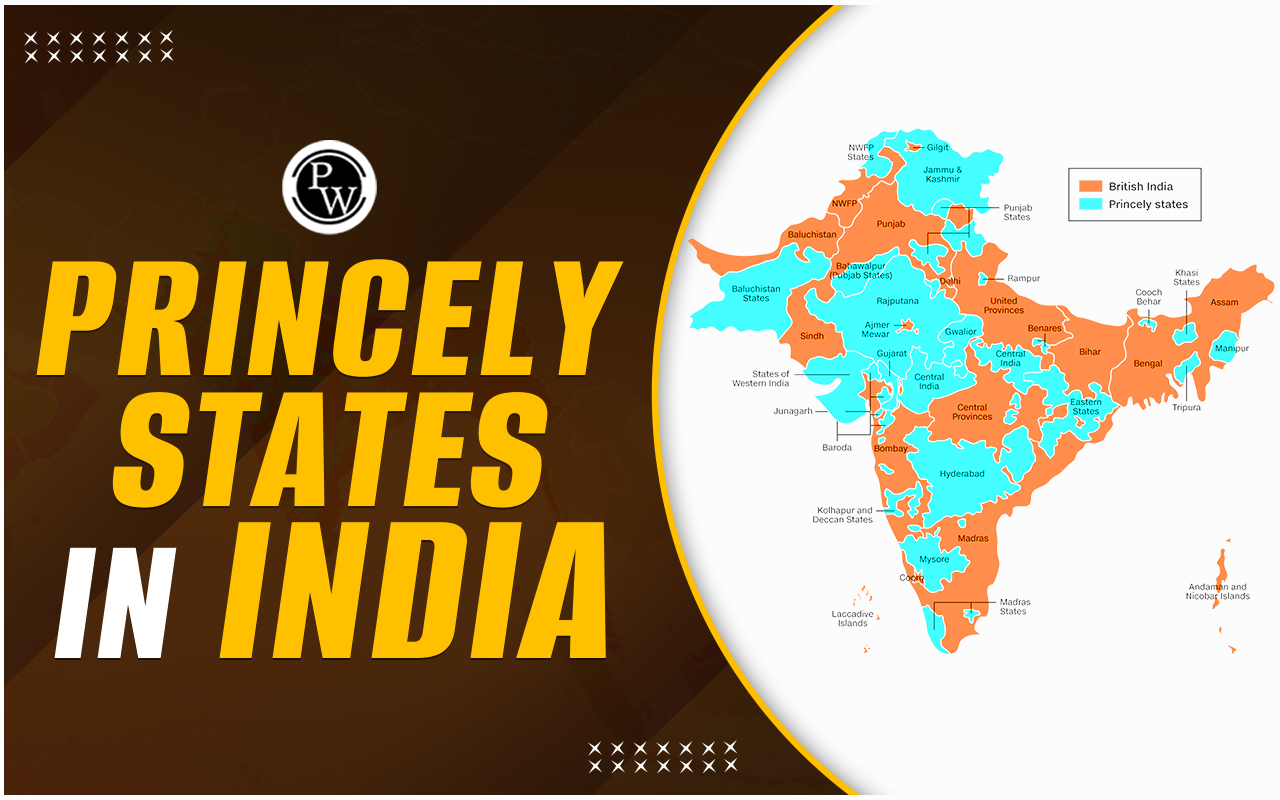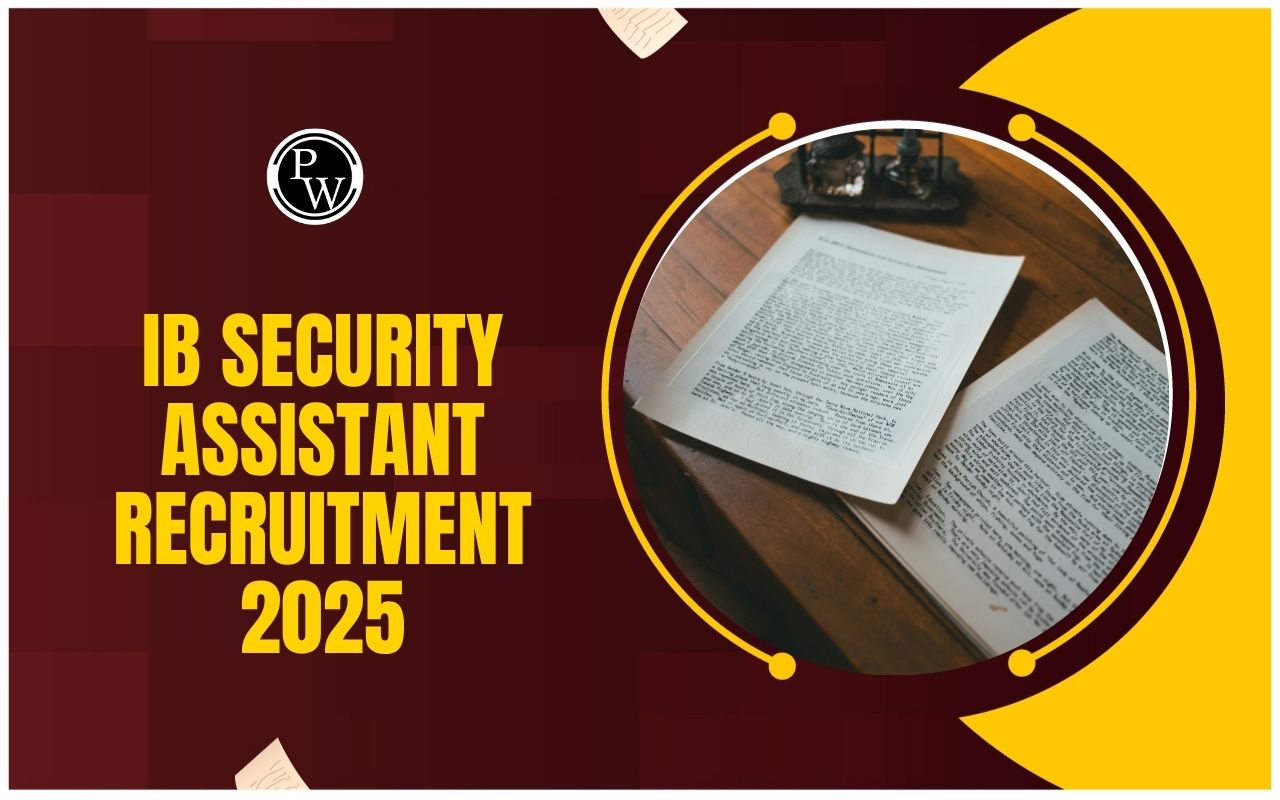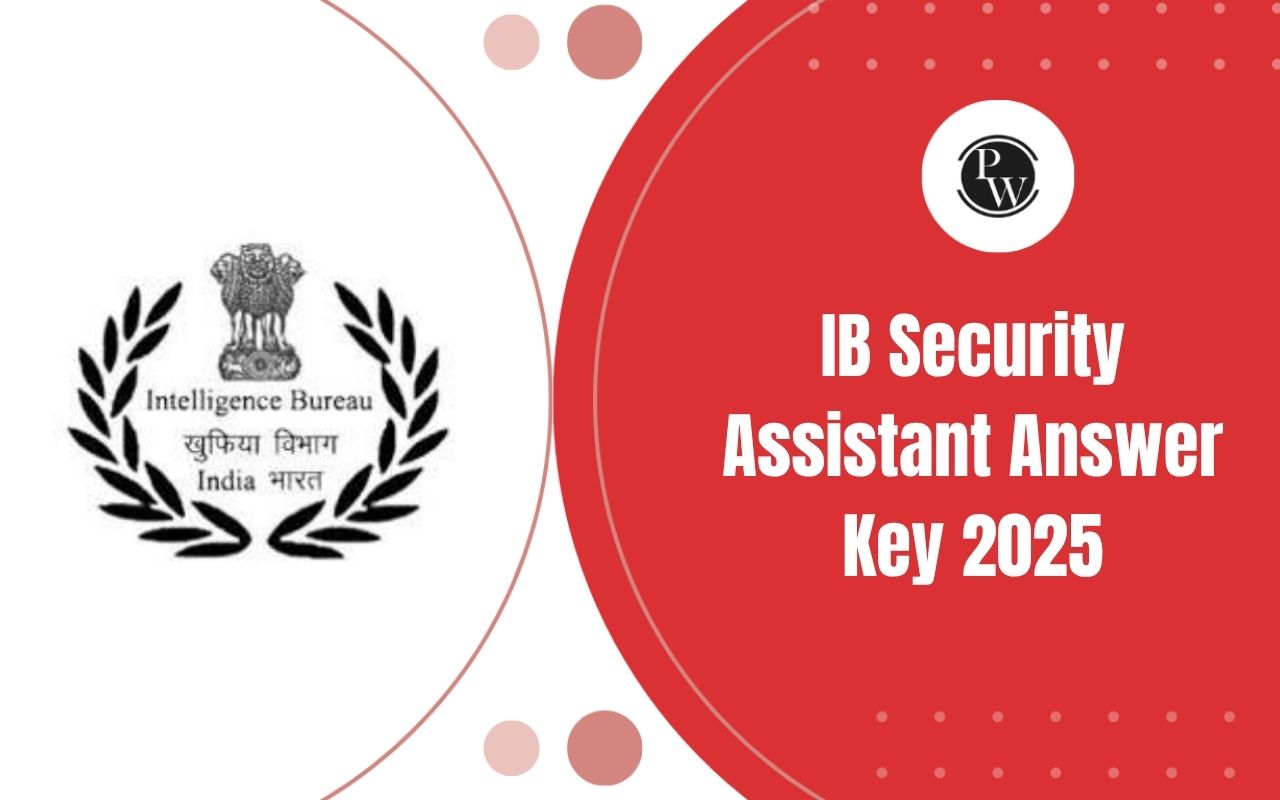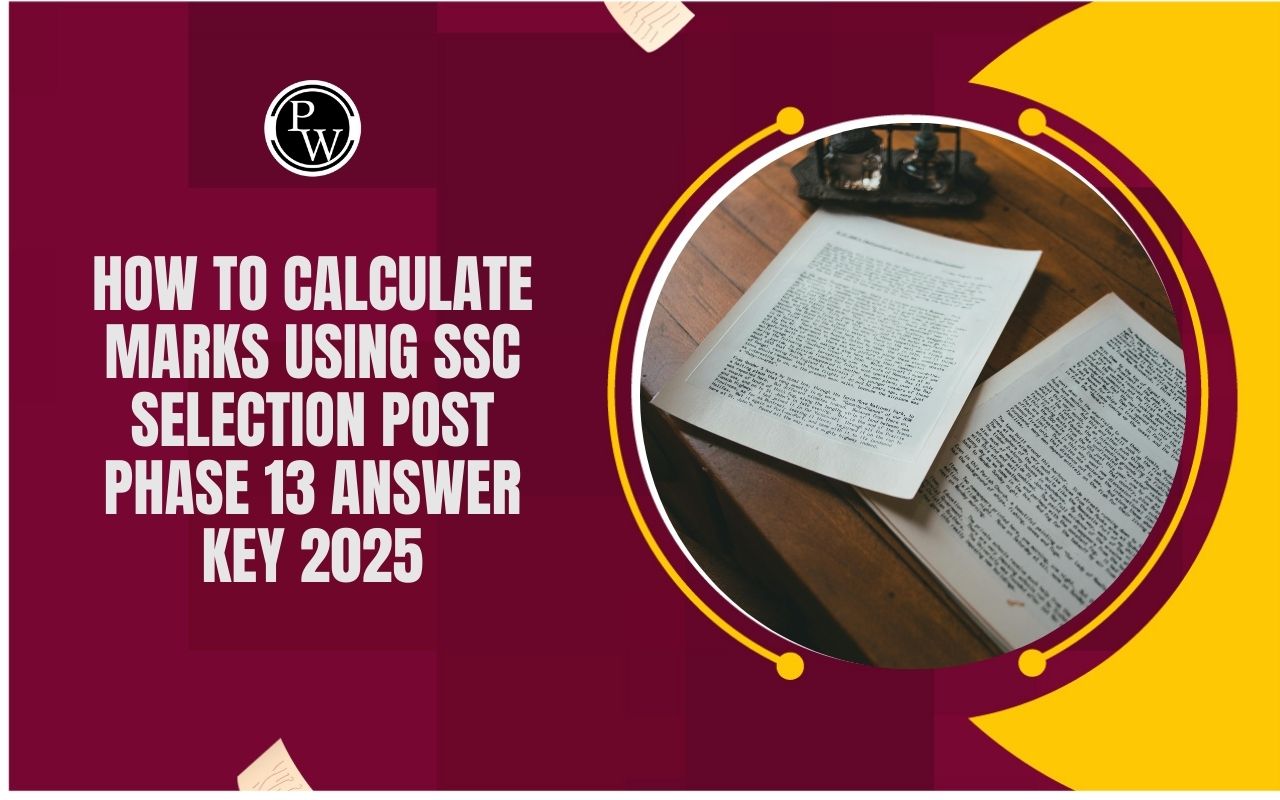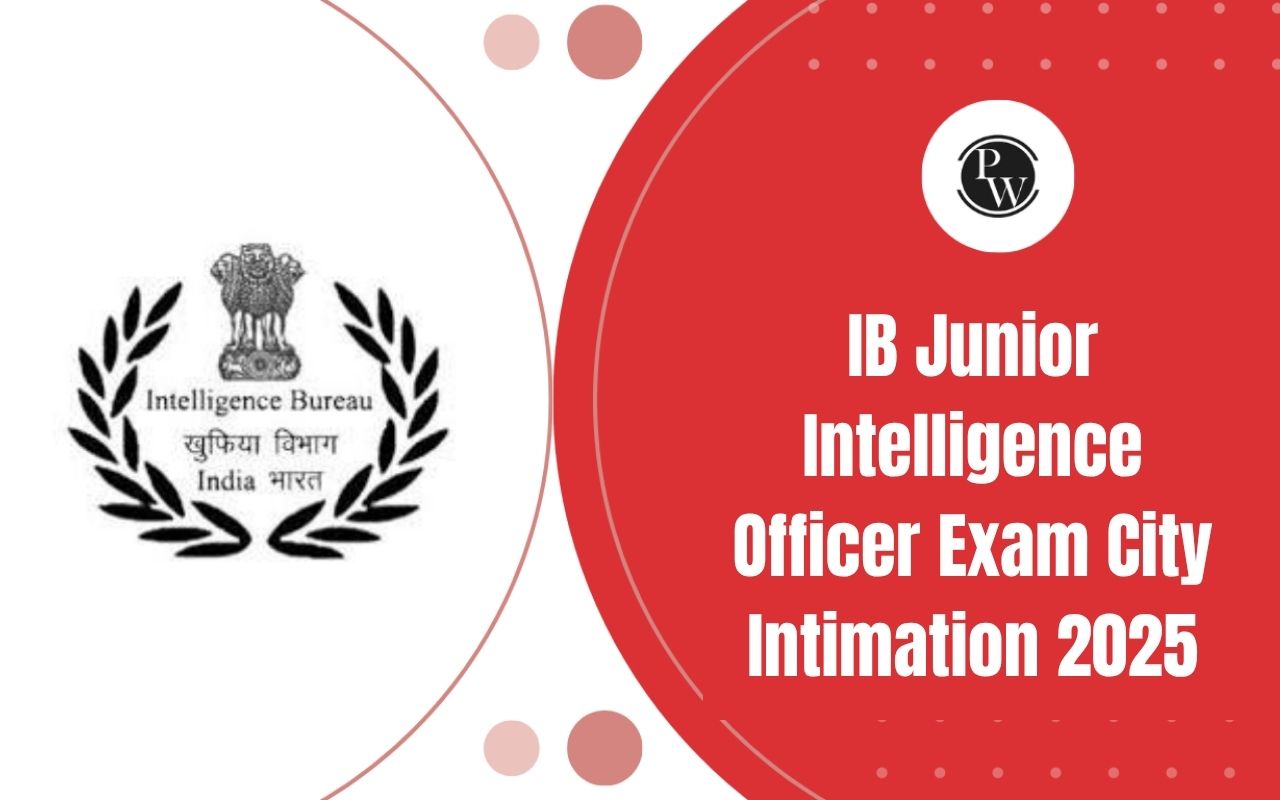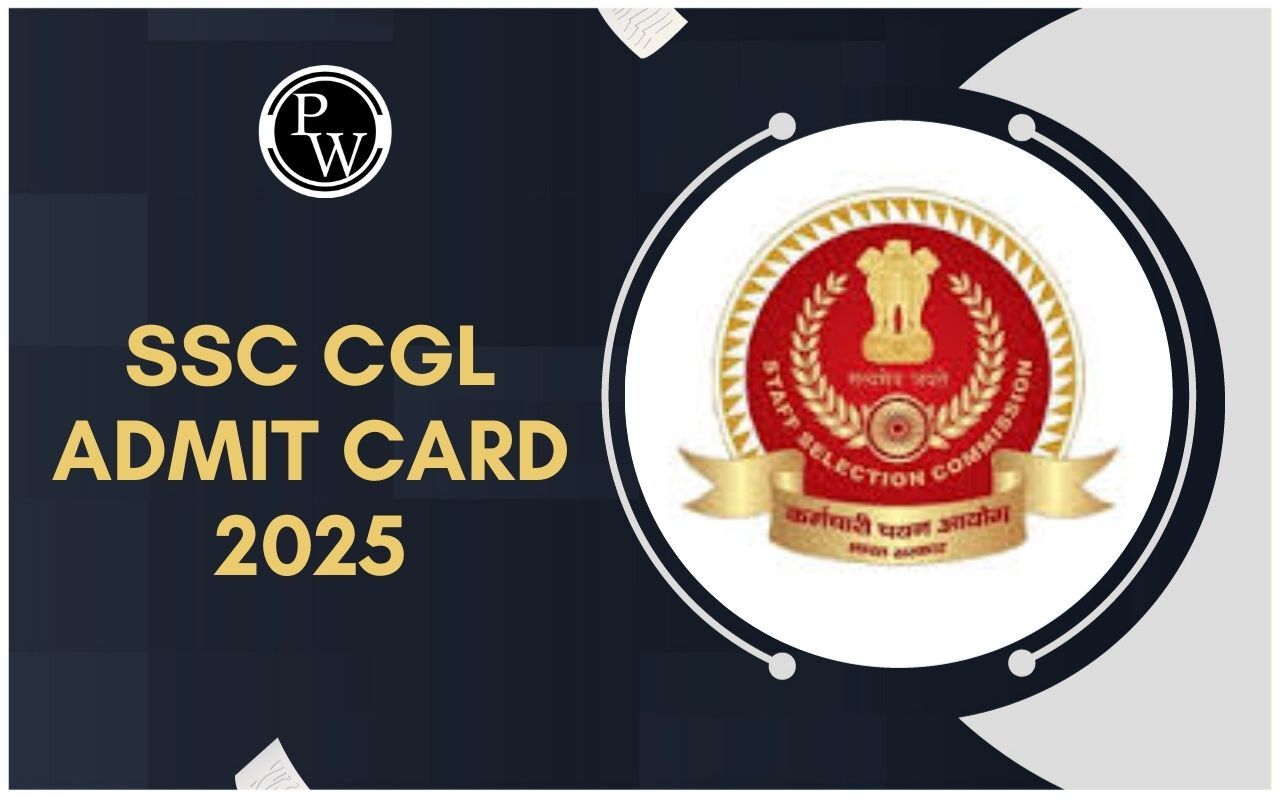
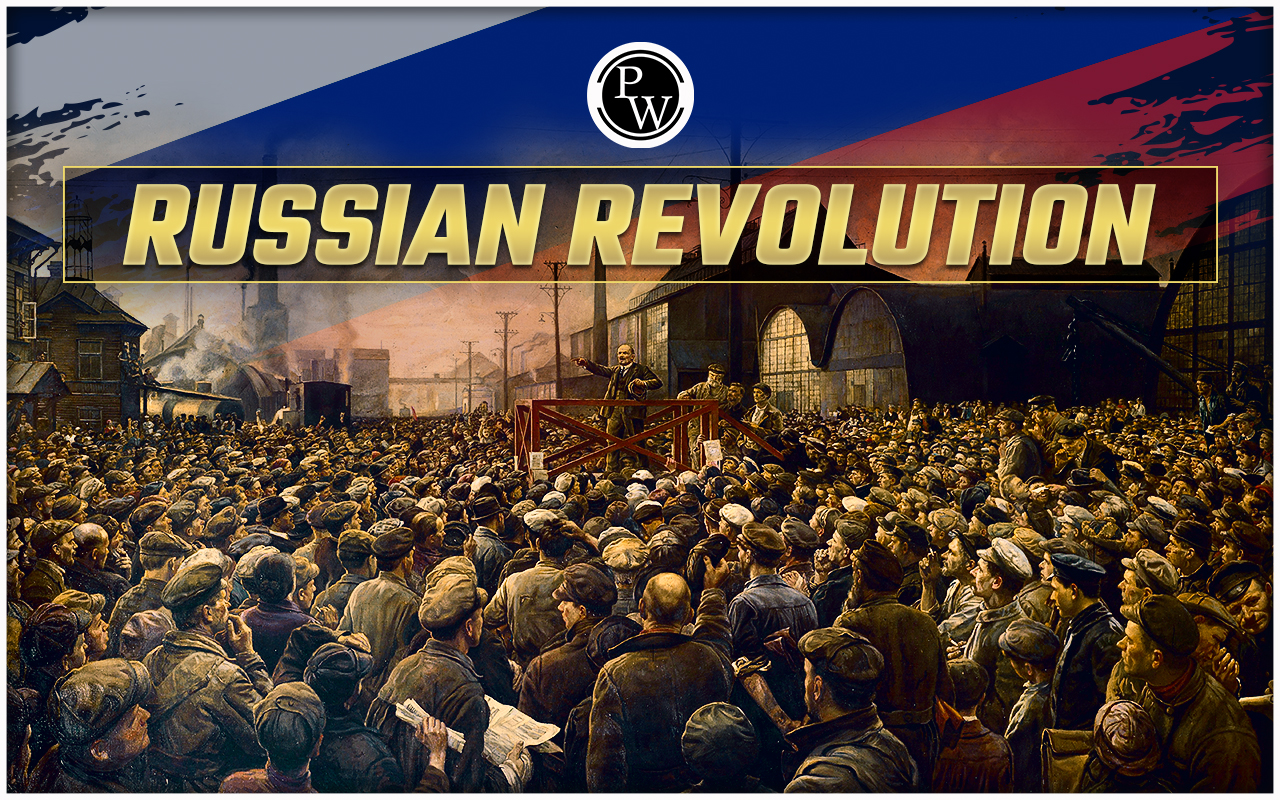
Russian Revolution: One of the most important events in the 12th century was the Russian Revolution of 1917. This revolution brought about significant social and political turmoil in Russia. In that year, Russia experienced two separate revolutions, followed by a civil war. As a result, the monarchy was removed, and Russia embraced a new government system based on socialism. You can learn more about the Russian Revolution in this article.
Russian Revolution 1917
The 12th century was marked by a significant historical event known as the Russian Revolution of 1917. This revolution comprises of two distinct uprisings, a subsequent civil war, and the adoption of a socialist government system in Russia. For individuals preparing for government exams, this article offers a comprehensive overview of the Russian Revolution. During the early 1900s, Russia stood as one of the most economically underprivileged and industrially underdeveloped nations in Europe. The country had a substantial farming population, and the workforce in industrial sectors was on the rise. Many people there were farmers, and more and more people were working in factories. At that time, Russia still had a system called serfdom, where landless farmers had to work for rich landowners. While most of Europe had long abandoned the practice of serfdom by the late 16th century, Russia persisted with it well into the 19th century. The formal abolishment of serfdom in Russia did not occur until 1861. The emancipation of the serfs initiated a series of events that ultimately culminated in the Russian Revolution in the years that ensued.Russian Revolution History
During the era of industrialization, cities in Russia, such as St. Petersburg and Moscow experienced a rapid population growth, which strained the cities' infrastructure and led to increased pollution. Consequently, the urban working class faced heightened levels of hardship. It's important to note that Russia underwent the Industrial Revolution later than most of Europe. When it eventually occurred, it triggered various political and social upheavals. The population of major Russian cities, notably St. Petersburg and Moscow, doubled, resulting in overcrowding and overburdened city systems. Urban labourers endured heightened suffering as a result. Extended periods of ineffective economic management and costly wars, which couldn't be sustained by the booming population, resulted in long-term food shortages in the vast nation. On January 22, 1905, the predominantly working-class population of Russia protested their dire circumstances by converging on Tsar Nicholas II's winter residence. Although the Tsar was absent, he had issued orders not to use force against the unarmed crowd. Regrettably, the police largely disregarded his instructions, either due to misunderstandings. When they eventually arrived in force, the size of the crowd frightened the military. When the protesters refused to disperse as instructed, the Russian military opened fire, resulting in the death and injury of hundreds. This tragic incident acted as the catalyst for the Russian Revolution of 1905. Outraged workers responded by initiating a series of devastating strikes that spread across the country. These actions raised concerns that Russia's already precarious economy might collapse. The reforms Nicholas II was compelled to introduce are known as the October Manifesto. However, he continuously delayed implementing them to maintain control of the situation. Ultimately, he dissolved the Russian parliament that had been tasked with implementing the reforms, going back on his promises.Russian Revolution Causes
- Political Causes
- Social Causes
- Financial Causes
Father of Russian Revolution
The Father of Russian Revolution was Vladimir Lenin. He was also known as Vladimir Ilich Lenin, although his original name was Vladimir Ilich Ulyanov. Lenin formed the Russian Communist Party, also known as the Bolsheviks. In 1917, he led the Bolshevik Revolution. Vladimir Lenin played a crucial role in the Russian Revolution and established the Communist International, also known as Comintern. The October Revolution was named after Lenin's party, the Bolsheviks. He offered significant guidance during this important historical event.Socialism in Europe and the Russian Revolution
Socialism is a belief that focuses on the well-being of society as a whole. In the mid-19th century, Europe embraced this idea. Socialists thought that individual ownership of property should not exist, and instead, all property should be owned collectively by the community. This concept gained popularity in the 1870s, especially among the working class, who protested against poor working conditions. Russia also adopted socialism, particularly through the Russian Revolution. The Russian Socialist Democratic Labour Party was established in 1900. Despite its formation, peasants in Russia were still denied their rights. The party eventually split into two factions – the Mensheviks and the Bolsheviks. Tensions between the peasant and noble classes escalated, leading to numerous worker strikes during the First World War. These strikes ultimately culminated in the Russian Revolution, causing widespread chaos throughout the country, including the infamous incident known as Bloody Sunday.Events of the Russian Revolution
Let's take a look at what happened during the Russian Revolution. The war was tough for Russia because its army wasn't as well-equipped as Germany's, leading to more casualties. Germany also took key Russian lands, causing food shortages and economic problems. In August 1914, Russia joined its allies (Serbia, France, and Britain) in a war against the Central Powers (Austria, Germany, and Ottoman Turkey). Tsar Nicholas II took charge of the army, leaving Tsarina Alexandra to govern. Unfortunately, she was unpopular due to her German background. Firing elected officials based on advice from Rasputin, a controversial mystic, worsened the situation. Rasputin's influence over the royal house was well-known. On December 30, 1916, Rasputin was assassinated, but the damage was done. The majority of Russians lost trust in the Tsarist regime. This discontent eventually led to a full-fledged Russian Revolution in the following years.Russian Revolution Timeline
- The war was very tough for Russia because its army was not as advanced as Germany's.
- Russia had the highest number of casualties in the war, and Germany occupied important parts of the country, leading to food shortages and economic problems.
- In 1914, Russia, along with its allies (Serbia, France, and Britain), fought against the Central Powers (Austria, Germany, and Ottoman Turkey).
- To boost morale, Tsar Nicholas II took personal command of the army, leaving Tsarina Alexandra in charge of the government.
- The Russian people disliked Tsarina Alexandra, partly because of her German background.
- Alexandra made unpopular decisions, including removing elected officials based on the advice of the controversial mystic Rasputin.
- Rasputin's influence on the royal family was widely recognized, and he was assassinated in 1916 by nobles who envied his power.
- Despite Rasputin's death, the trust in the Tsarist regime was severely damaged, leading to growing dissatisfaction among Russians.
- This anger turned into a big revolution in the years that came after.
Russian Revolution Aftermath
The Russian Revolution brought significant changes to Russia's political landscape. It ended the rule of the Tsars and replaced the Provisional Government with the Soviet Union, which lasted until 1991. One major consequence was the execution of Nicholas II, his family, and servants by the Bolsheviks in July 1918. Under Lenin's leadership, the Communist Party was formed, and the intelligence agency known as the Cheka was established. To manage the economy, a National Council was set up, and banks were nationalised during the revolution. The Treaty of Brest-Litovsk marked the end of Russia's involvement in World War I. A noteworthy outcome was the redistribution of land, with farmers and factory workers receiving their own farms and factories. The Russian Civil War persisted from 1918 to 1920, further shaping the post-revolution era. To succeed in upcoming exams, candidates should consider exploring PW SSC Books We provide high-quality content at an affordable price, including sample papers, mock tests, guidance sessions, and more to ensure aspirants secure their selection. Also, enroll today on SSC Online Coaching to turn your dreams into reality.| Other Related Links | |
| Tiger Reserves in India | National Parks in India |
| Biosphere Reserves in India | Elephant Reserves in India |
Russian Revolution FAQs
Q1. Bloody Sunday is related to which revolution in Russia?
Ans. The Russian revolution of 1905
Q2. What was the reason behind the formation of the Soviet Union from the Russian Empire?
Ans. Russian revolution of 1917 and Bolshevik Party was the reason behind the formation of the Soviet Union from the Russian Empire.
Q3. What were the 3 revolutions in Russia?
Ans. The Russian Revolution of 1905-1907, the February Bourgeois Democratic Revolution of 1917 and the Great October Socialist Revolution of 1917.
Q4 What exactly happened in the Russian Revolution?
Ans. During the Russian Revolution, the Bolsheviks, led by leftist revolutionary Vladimir Lenin, seized power and destroyed the tradition of czarist rule.
🔥 Trending Blogs
Talk to a counsellorHave doubts? Our support team will be happy to assist you!

Free Learning Resources
PW Books
Notes (Class 10-12)
PW Study Materials
Notes (Class 6-9)
Ncert Solutions
Govt Exams
Class 6th to 12th Online Courses
Govt Job Exams Courses
UPSC Coaching
Defence Exam Coaching
Gate Exam Coaching
Other Exams
Know about Physics Wallah
Physics Wallah is an Indian edtech platform that provides accessible & comprehensive learning experiences to students from Class 6th to postgraduate level. We also provide extensive NCERT solutions, sample paper, NEET, JEE Mains, BITSAT previous year papers & more such resources to students. Physics Wallah also caters to over 3.5 million registered students and over 78 lakh+ Youtube subscribers with 4.8 rating on its app.
We Stand Out because
We provide students with intensive courses with India’s qualified & experienced faculties & mentors. PW strives to make the learning experience comprehensive and accessible for students of all sections of society. We believe in empowering every single student who couldn't dream of a good career in engineering and medical field earlier.
Our Key Focus Areas
Physics Wallah's main focus is to make the learning experience as economical as possible for all students. With our affordable courses like Lakshya, Udaan and Arjuna and many others, we have been able to provide a platform for lakhs of aspirants. From providing Chemistry, Maths, Physics formula to giving e-books of eminent authors like RD Sharma, RS Aggarwal and Lakhmir Singh, PW focuses on every single student's need for preparation.
What Makes Us Different
Physics Wallah strives to develop a comprehensive pedagogical structure for students, where they get a state-of-the-art learning experience with study material and resources. Apart from catering students preparing for JEE Mains and NEET, PW also provides study material for each state board like Uttar Pradesh, Bihar, and others
Copyright © 2025 Physicswallah Limited All rights reserved.



